Germany : Strong Demand and Innovation Drive Growth
Germany holds a commanding 75.0% market share in the European bike helmet sector, valued at approximately €300 million. Key growth drivers include a robust cycling culture, increasing safety awareness, and government initiatives promoting cycling as a sustainable transport mode. Regulatory policies mandate helmet use in certain areas, further boosting demand. Infrastructure improvements, such as dedicated bike lanes, enhance accessibility and encourage cycling, contributing to market expansion.
UK : Urban Cycling Trends Fuel Demand
The UK bike helmet market accounts for 50.0% of the European share, valued at around €150 million. The rise in urban cycling, driven by environmental concerns and government campaigns promoting active transport, is a significant growth factor. Demand is particularly high in metropolitan areas like London and Manchester, where cycling infrastructure is rapidly developing. Local regulations encourage helmet use, enhancing safety and compliance among cyclists.
France : Regulatory Support Enhances Market Growth
France captures 45.0% of the European bike helmet market, valued at approximately €120 million. The growth is fueled by a strong cycling culture, especially in cities like Paris, where cycling is promoted through various government initiatives. Recent regulations mandating helmet use for children and increased safety campaigns have positively influenced demand. The market is also supported by a growing interest in cycling tourism, further driving consumption.
Russia : Increasing Awareness and Infrastructure Development
Russia holds a 30.0% market share in the bike helmet sector, valued at around €80 million. The market is experiencing growth due to rising awareness of cycling safety and government efforts to improve cycling infrastructure in cities like Moscow and St. Petersburg. Demand is gradually increasing as more citizens adopt cycling as a mode of transport. Local regulations are beginning to reflect a focus on safety, encouraging helmet use among cyclists.
Italy : Cultural Shift Towards Safety
Italy represents 25.0% of the European bike helmet market, valued at approximately €70 million. The growth is driven by a cultural shift towards safety and increased participation in cycling events. Cities like Milan and Rome are enhancing cycling infrastructure, promoting helmet use through local regulations. The market is competitive, with significant players like Kask and Met leading the charge, while local brands also gain traction in the sector.
Spain : Urban Initiatives Boost Helmet Sales
Spain accounts for 18.0% of the European bike helmet market, valued at around €50 million. The growth is attributed to urban initiatives promoting cycling as a sustainable transport option, particularly in cities like Barcelona and Madrid. Government campaigns and local regulations are increasingly advocating for helmet use, contributing to rising demand. The competitive landscape features both international and local brands, enhancing market dynamics.
Rest of Europe : Varied Demand Across Regions
The Rest of Europe holds a 20.0% market share in the bike helmet sector, valued at approximately €60 million. This sub-region encompasses diverse markets with varying demand trends influenced by local cycling cultures and regulations. Countries like the Netherlands and Belgium show strong demand due to established cycling infrastructure, while others are still developing. The competitive landscape includes both global and regional players, adapting to local market needs.


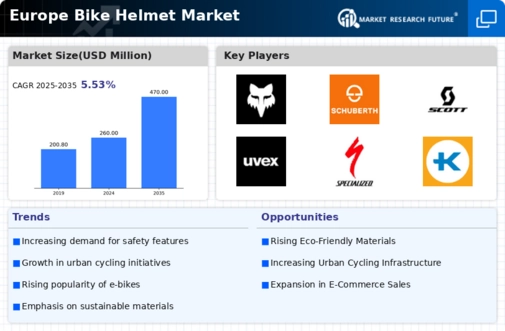
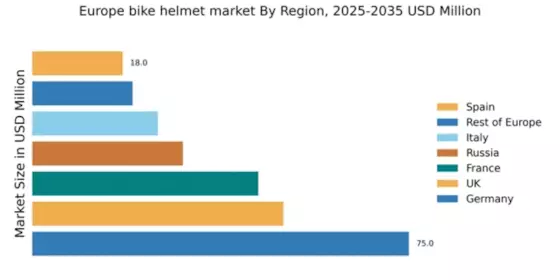

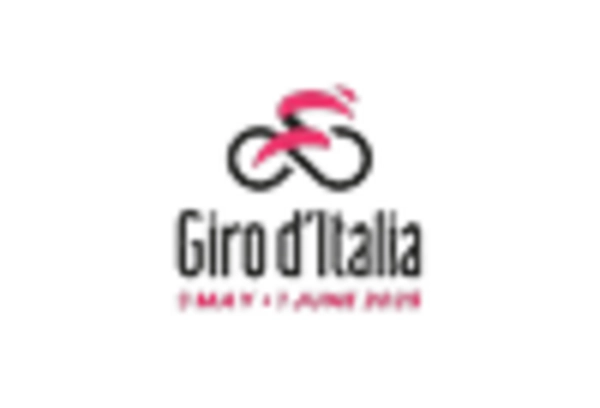
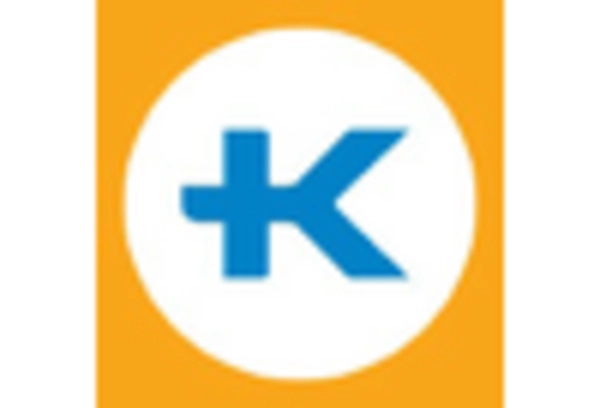

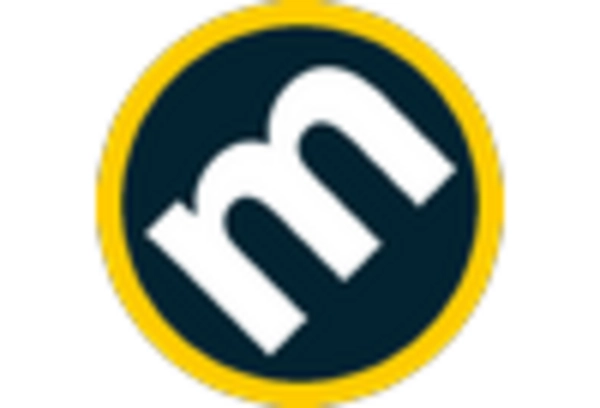
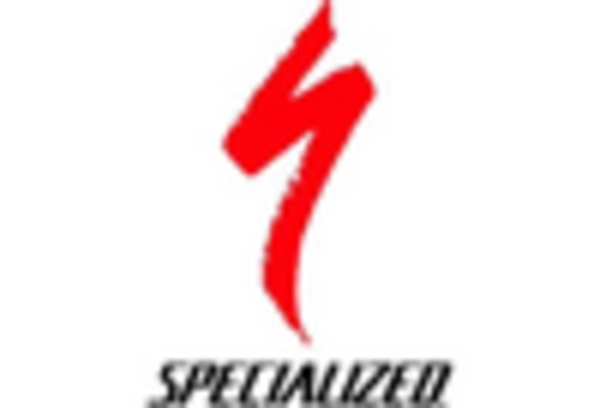








Leave a Comment